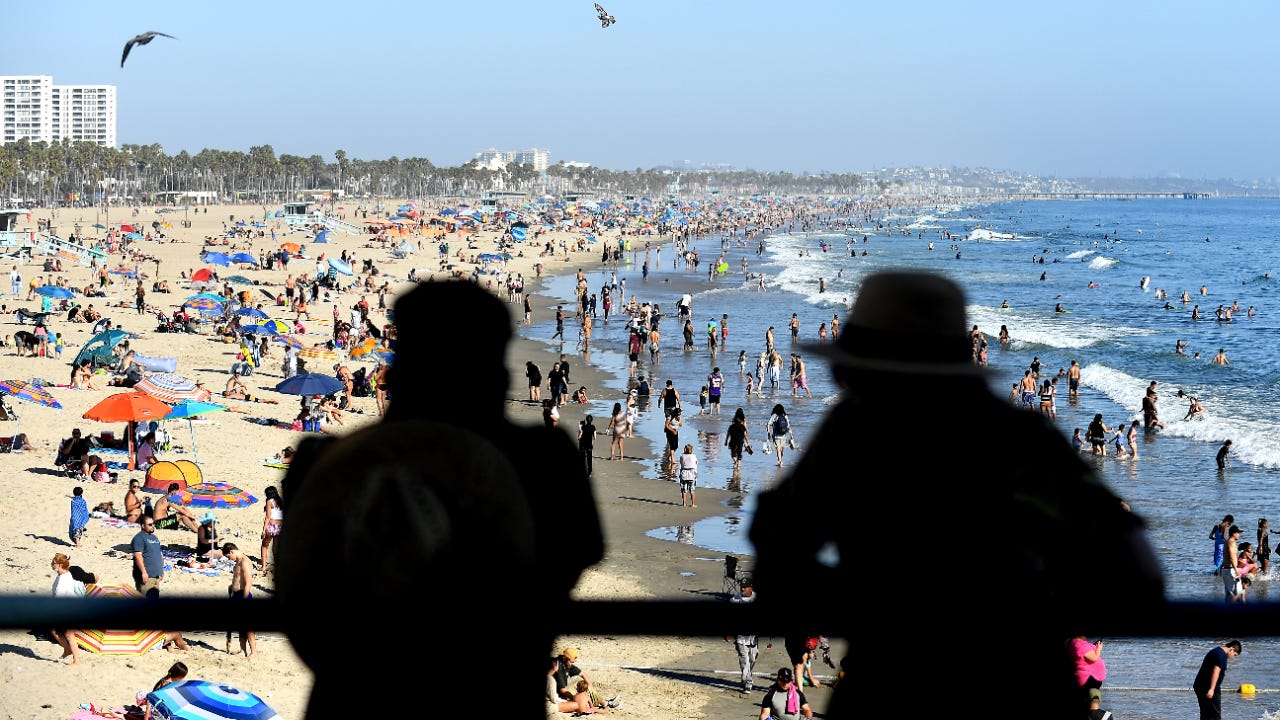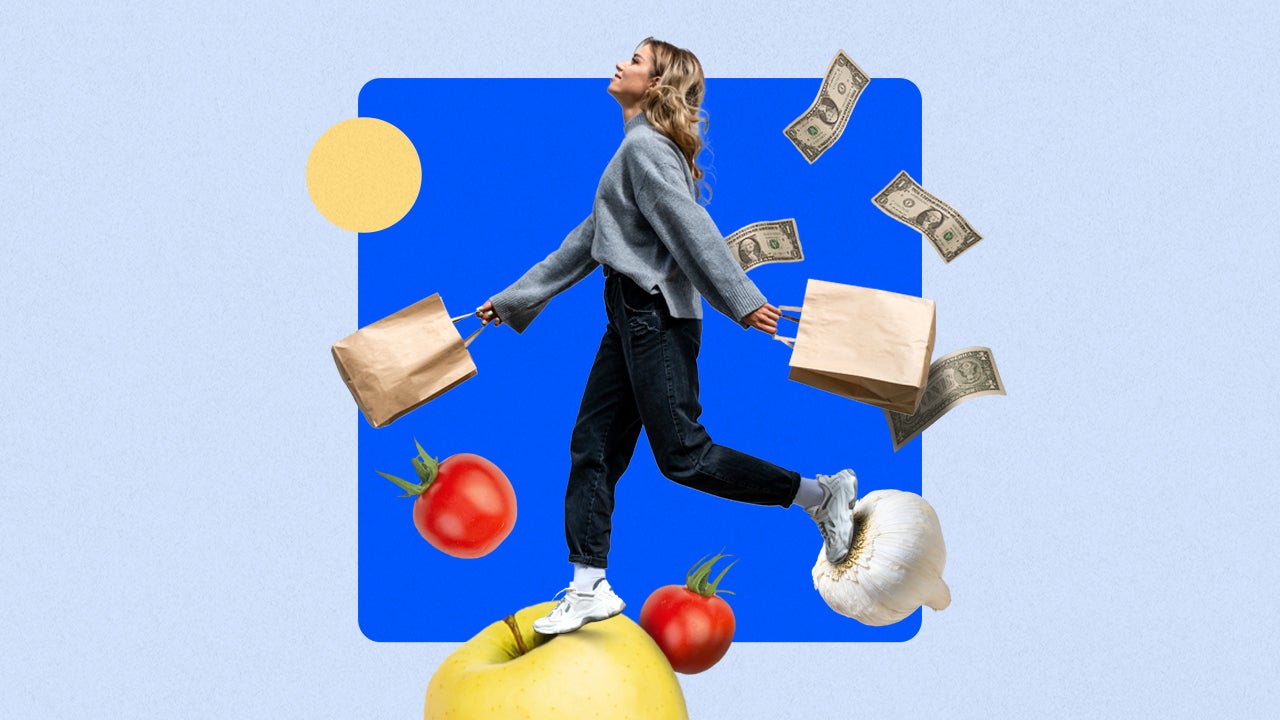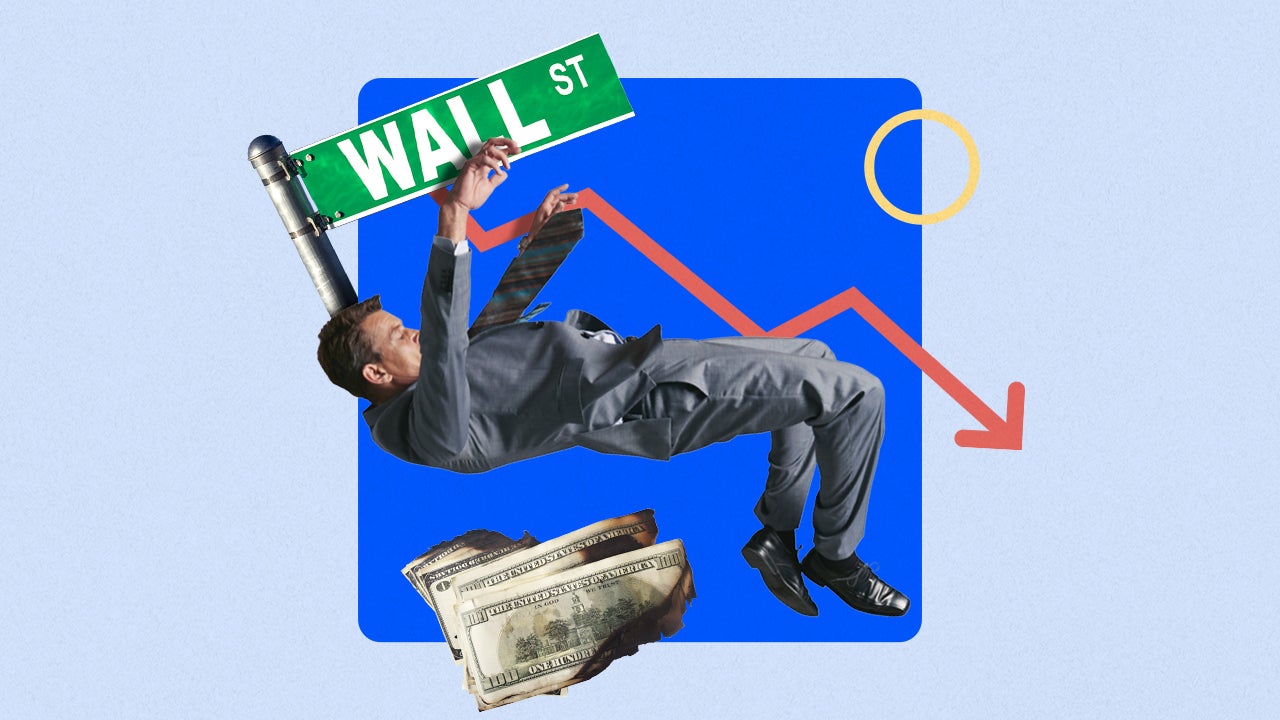A second wave of the coronavirus could devastate the recovering economy

The U.S. economy is already on the mend nearly five months after nationwide lockdowns suffocated business activity in an attempt to save lives during the coronavirus outbreak.
But another threat could prove to be even more debilitating — eroding that recovery before it’s lifted off the ground and arriving with severe consequences for businesses and the job market: a second wave of coronavirus infections.
Economists are consumed by the fear that the virus could come back with a vengeance. A second wave is regarded as the biggest downside risk to the U.S. economy this year, according to the majority of economists in a June National Association for Business Economics survey. Officials at the Federal Reserve are also calling the likelihood of another outbreak “substantial,” saying it would leave lasting scars on the financial system.
“Normally, humans are driven by FOMO — the fear of missing out,” says Constance Hunter, chief economist at KPMG. “But with the virus, they’re driven by FOGO — the fear of going out. If we have a second wave, that could undermine confidence to the point that FOGO will rise, and then you’ll see these knock-on effects. The ability to create this firewall around the COVID-impacted economy will start to erode even further.”
A second wave: A big unknown with many different definitions
But the trickiest part about making outlook predictions is that economists have a clear blindspot: They’re not epidemiologists. And the financial system is tethered to an unpredictable virus.
Top infectious disease expert Dr. Anthony Fauci says it’s too soon to judge whether a second wave could be around the corner, especially because the U.S. never totally beat the first wave of the virus that’s spread to nearly 5.7 million cases and killed around 175,000 in the U.S., according to a Johns Hopkins University tracker.
Medical experts also don’t have a clear-cut definition for what exactly qualifies as a second wave, though they are aligned that what’s been happening across the South, West and Midwest doesn’t fall in that camp. State reopenings and delayed peaks are most likely behind the recent upturn in cases.
For the first wave to be over, Fauci has said that the number of new positive coronavirus infections would have to reach low single digits. That’s so far not been the case in the U.S. Though cases have dropped off since late July, they still remain stubbornly high, according to a New York Times database. Daily new cases have averaged out to about 47,000 over the past seven days ending on August 21, a decrease of 16 percent from the prior two weeks’ average and down 22 percent from their peak of 60,000 in July.
It means a second wave could reappear with a new round of infections, or possibly with another strain. Complicating that view is experts’ uncertainty about how long immunity lasts after infection, as is asymptomatic transmission and circulation along with other respiratory diseases. The colder weather in the fall and winter might also mean more people congregate indoors.
Regardless of the uncertainties, the general public might already be bracing for one. The common cold and flu season similarly operates in waves, with new cases rising in the fall and peaking in the winter. And the 1918 influenza pandemic that infected 500 million people and killed an estimated 20-50 million individuals proved to be even deadlier after a second wave reappeared in the fall of 1918. Meanwhile, after a record 102-day streak of no new coronavirus cases, New Zealand confirmed four new novel coronavirus cases on August 11.
What this means for the economy
Epidemiologists say that an uptick in cases after holding in the low single digits doesn’t necessarily have to lead to a second outbreak. Key to stifling the spread could be contact tracing, rapid testing and isolation. Upside risks include vaccines and efficient treatments.
That might mean lockdowns will be more targeted if there’s a second wave, rather than the wide-scale shutdowns enacted nationwide throughout late March. It could also mean the economy has more of a fighting chance, given that the stay-at-home orders were what sapped the economy’s fuel.
A second wave could lead to more business closures
But at some point, cuts and closures for businesses are all but inevitable, even with this policy. Reduced capacity would mean reduced spending, weighing on firms’ budgets.
“We’d be unlikely to see an outright contraction in the economy, but we would basically see a flat economy with no growth and a worsening in the job market,” says Gus Faucher, senior vice president and chief economist at PNC Financial Services. “There’s only so much where people can cut back. You would have some businesses that were expecting to reopen, but they’re going to decide to shut down permanently.”
That news would be devastating to the near 9 million Americans on temporary layoff. While permanent layoffs appeared to flatline from June to July, holding stable at around 2.9 million, that’s still about 1.5 million more than a year ago. That number would only rise with more closures.
A July 2020 Chamber of Commerce survey found that more than half of all small businesses — the job-growth engine for many communities — are worried about having to permanently close, while 7 in 10 are concerned about financial hardship due to pandemic-related closures. A wave of commercial Chapter 11 bankruptcies has also erupted this year, up by about 30 percent from this time last year, according to Epiq AACER, a U.S. bankruptcy court data provider. Twenty-six national retailers are also on that list, according to RetailDive.
“A second wave would really put a dent in the progress we’ve made,” Hunter says. If you own a restaurant, for example, “your margins are thin, and you’re not going to be able to operate for months on end at 50 percent capacity.”
Job losses could worsen, spreading to other industries
With a second wave, job creation would stagnate, if not outright contract, she says. And the longer these problems persist, “what you could see is this spilling over into a normal recession. These areas that haven’t been impacted — the question is, do they start to get impacted?”
A phenomenon with the coronavirus pandemic has been that the hardest-hit industries are typically more immune from recessionary swings. Leisure and hospitality jobs have fallen by about 24 percent so far, compared with 3.5 percent during the Great Recession of 2007-2009. Retail trade, on the other hand, has collapsed by 11 percent, compared with 6.7 percent previously.
Other industries have found themselves relatively well-preserved. Jobs in the financial activities sector, which includes real estate, finance and insurance, fell by 5.6 percent in the prior recession, compared with 2.4 percent so far with this crisis. That’s because this sector was “the nexus of the problem” during the Great Recession, Hunter says, while those jobs today are often workable from home. But the ongoing pandemic has created several potholes that could prove to be a problem down the road, especially if there’s a second wave.
One such problem is child care. Nearly one-third of U.S. workers have a child under 18 at home, while Goldman Sachs estimates that about 15 percent of the labor force are single parents, individuals who can’t work remotely or a parent of a young child.
A lack of viable child care options risks keeping individuals out of work for longer. A Bankrate survey from August found that, if schools adopt remote learning, about 22 percent of workers would have to cut their hours and 15 percent wouldn’t be able to work at all.
Schools would likely be subject to widespread closures, given their “superspreader” nature. Even among college campuses, the University of North Carolina at Chapel Hill moved all classes online Monday just a week after classes started, after 130 students tested positive for COVID-19.
Fed, Congress would still have options, but they might feel cornered
The Fed and Congress aren’t completely out of tools, though they might feel cornered. While interest rates are already as low as officials want them to go, the Fed’s other steps include more specific forward guidance, yield curve control and abandoning preemptive rate hikes to curb inflation. All of that means pledging to keep rates pinned near zero for longer.
Congress has more freedom to contour around the edges of the pandemic-impacted economy, though lawmakers have voiced concern about throwing too much money at the fire, dramatically increasing the debts and deficits that will have to be addressed down the road. But economists say support for small- and medium-sized businesses, the unemployed and state and local governments will be crucial to the recovery, Faucher says.
“It’s a lot worse to let businesses that should be viable fail over the longer run,” he says. “It’s all about figuring out how to channel aid, so they can limp along until things start to improve. The longer that we’re dealing with the virus, there is that greater potential for that long-run damage.”
A drop in consumer spending, which may also happen absent of a second wave
But what’s perhaps most dangerous is that the economic consequences could arguably happen whether or not another outbreak happens. If people are afraid of catching the virus after a resurgence in infections and hunker down in their homes for an extended period, that’s going to rob the recovery, regardless of how little or how big the lockdowns are.
“It’s just a very contagious and pernicious virus,” Hunter says. “Ringfencing it has proved more challenging than we might’ve thought.”
Next steps for your wallet
It’s never a good time for a recession, but the coronavirus pandemic’s arrival comes at an even more devastating time, given that many Americans were living paycheck to paycheck before the crisis hit. Here’s four financial steps to help you prepare for a second wave.
- Scrutinize your budget and find ways to cut back: That could include refinancing your mortgage to trim your monthly payment or utilizing a balance transfer card to eliminate high-cost debt. You might also consider looking at your budget and finding ways to cut back on both non-discretionary and discretionary items. “We may need to downsize our lifestyles for a bit,” says Tracy Sherwood, CFP, founder of Sherwood Financial Management in New York. “We’re all going through tough times and that means pulling in the belt a bit and temporarily changing the way we live.”
- Work with lenders, companies you regularly pay a bill to: It’s worth a shot to see if you can lower your monthly payment, pay a reduced amount or opt into a forbearance program.
- If an extra unemployment insurance (UI) boost kicks in or if Congress disburses another stimulus check, put it toward bills or save it: A May 2020 National Bureau of Economic Research paper finds that 45 percent of UI recipients will receive more than they earned while working with a supplemental $400 boost to weekly unemployment benefits. If you fall into this camp, put that extra money toward your essential bills or emergency savings. The same goes for another stimulus check, if it makes its way in Congress’ next relief package.
- Consider learning a new skill: Another wave of infections could mean that all industries are impacted in some way. Consider broadening your skill sets to increase your marketability right now when it’s generally a tough time to be in the market.
Learn more:
You may also like

Extreme weather’s financial effect on homeownership

Survey: Higher inflation could persist through at least 2024

Survey: Economists see 59% chance of a recession by July 2024



